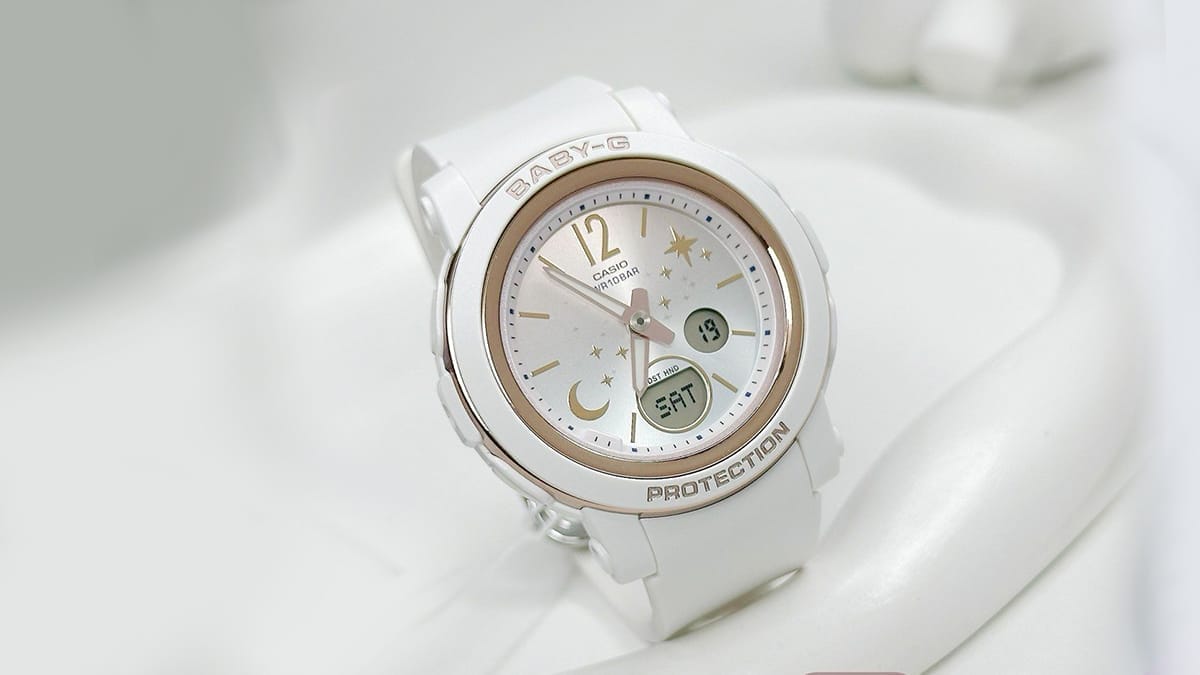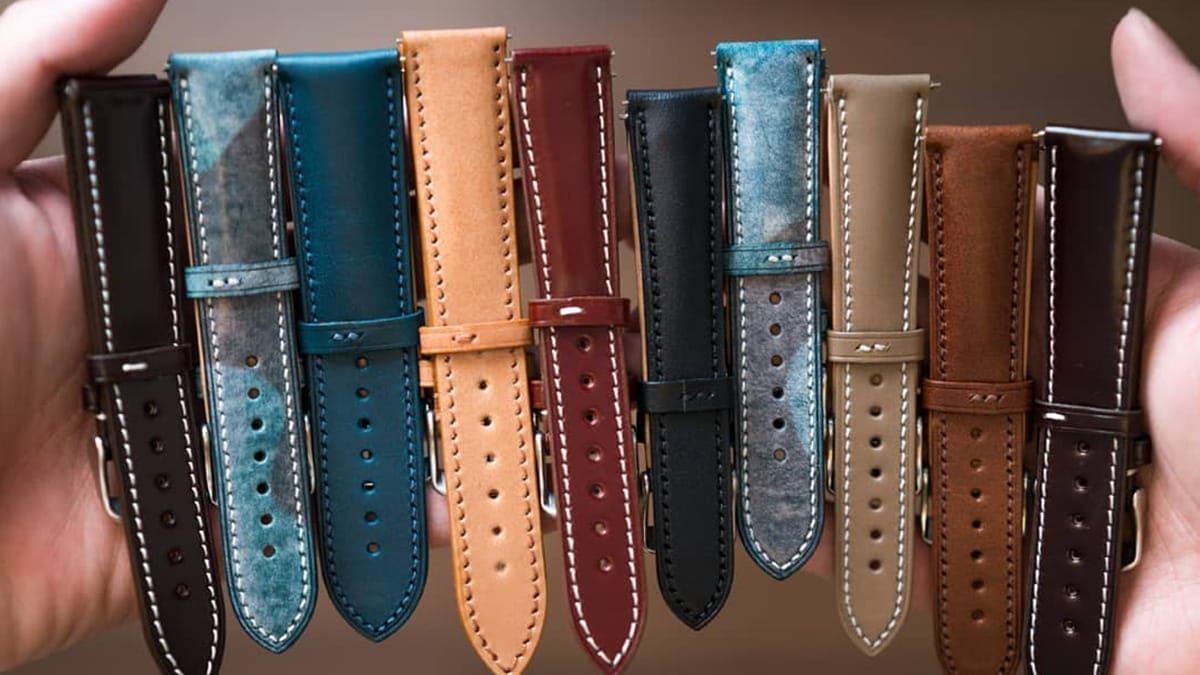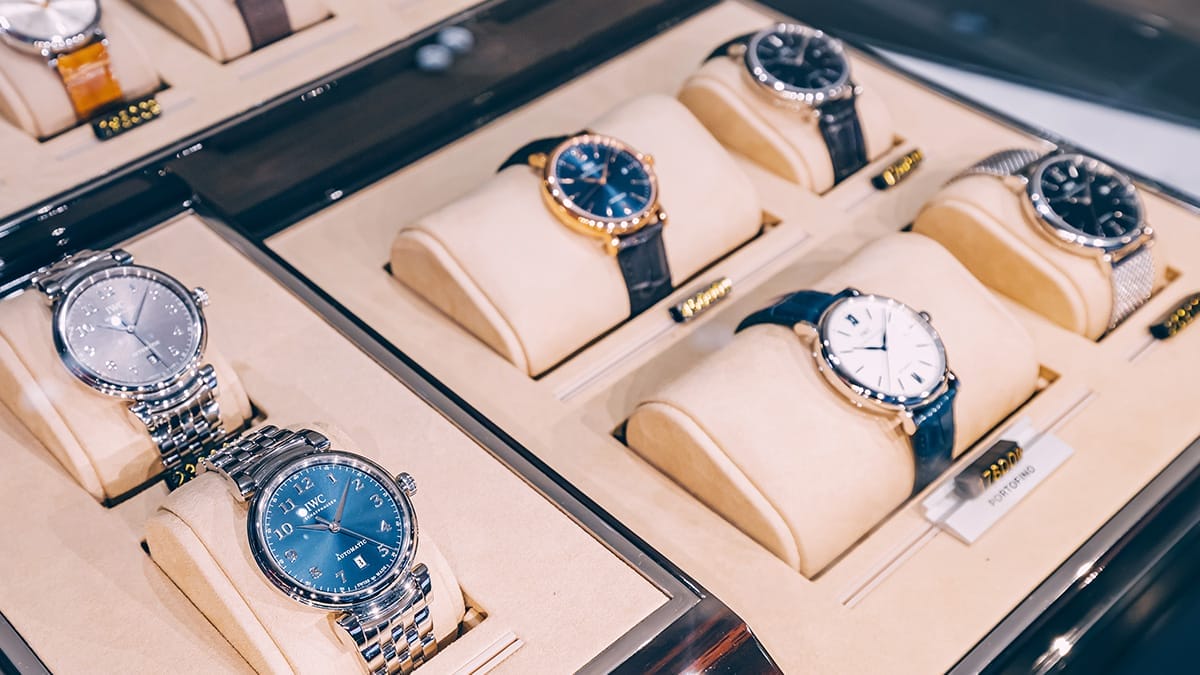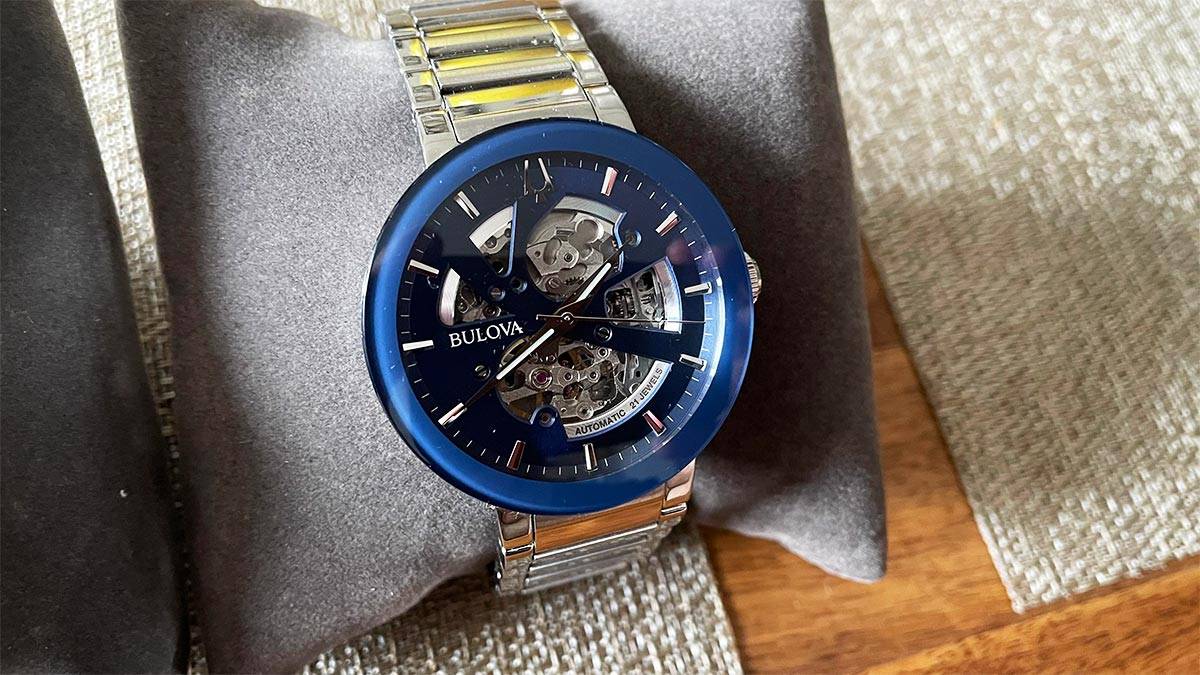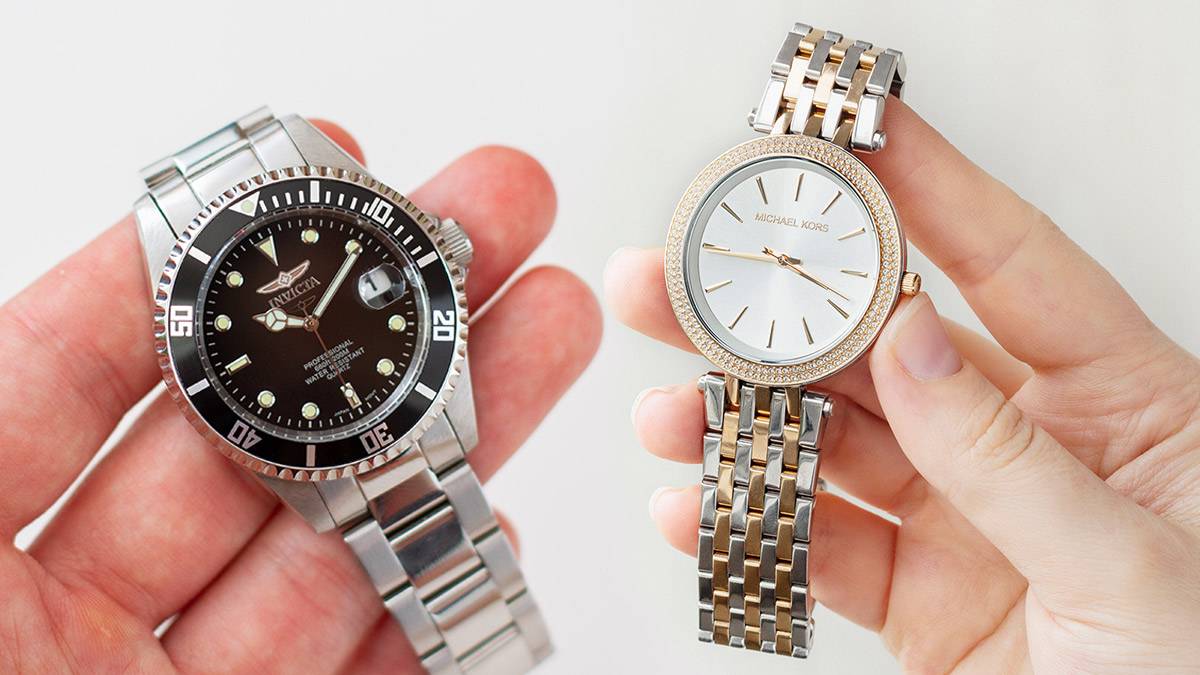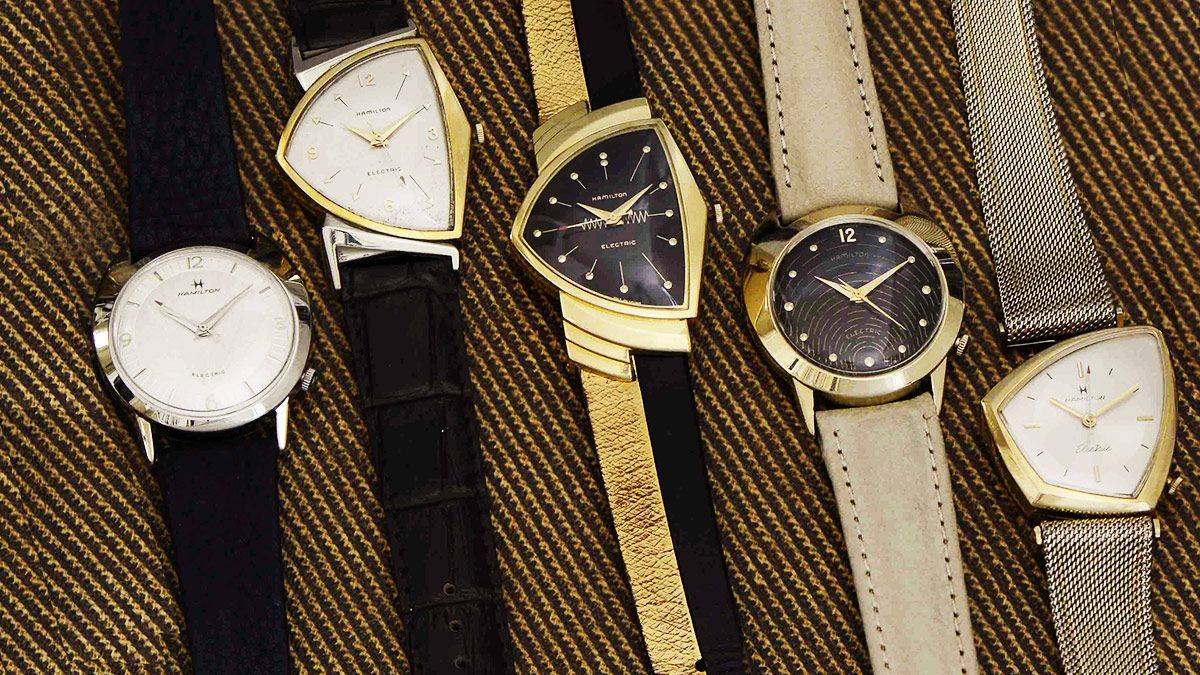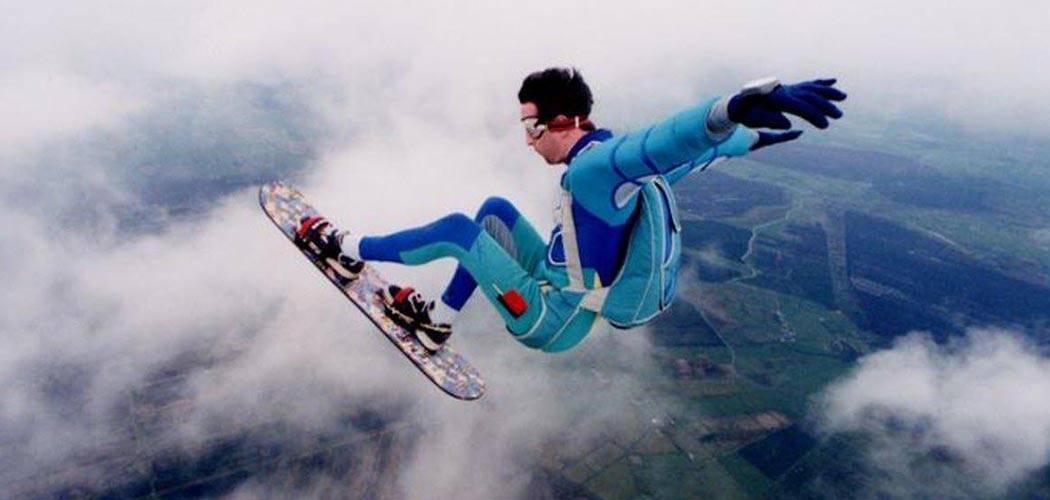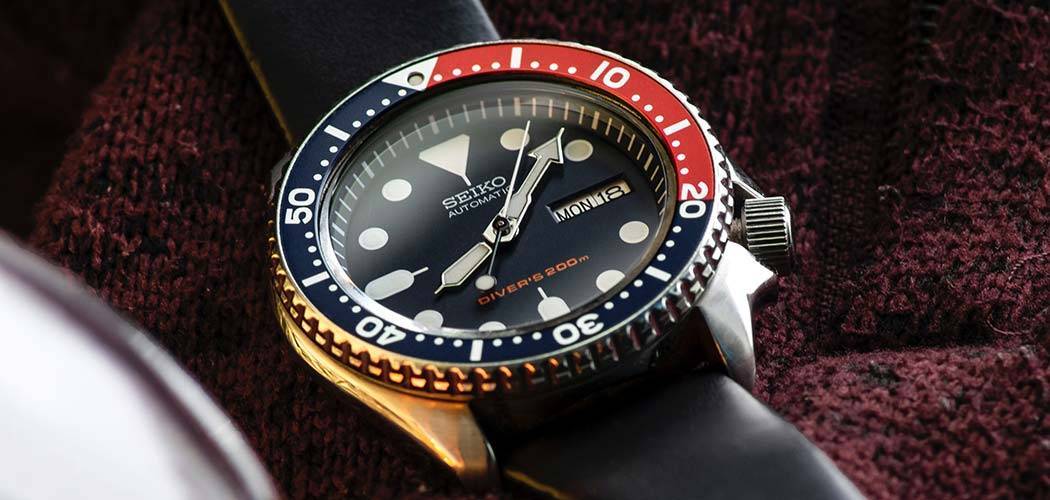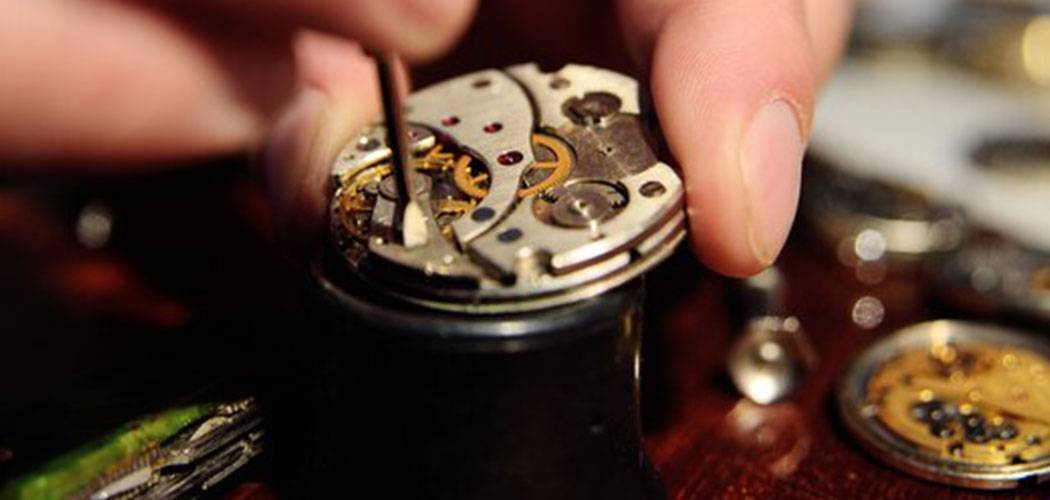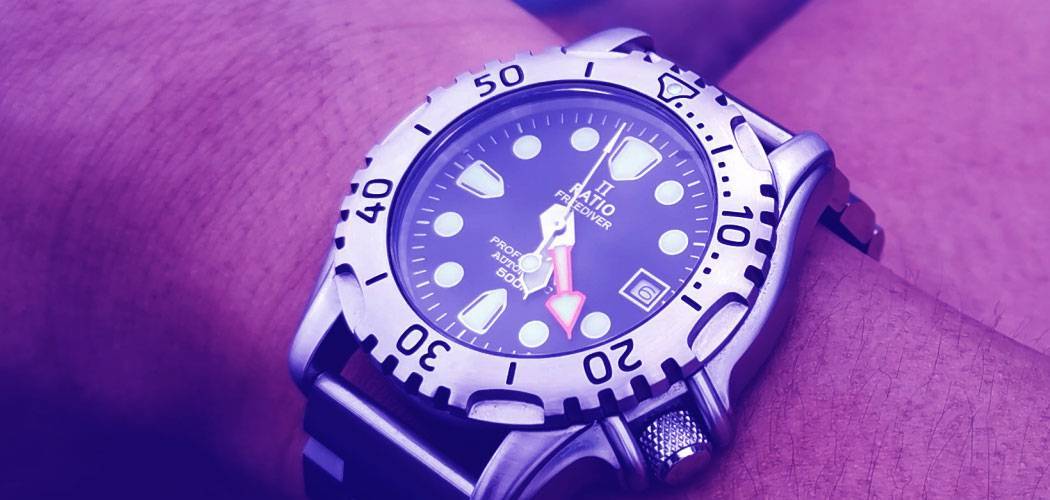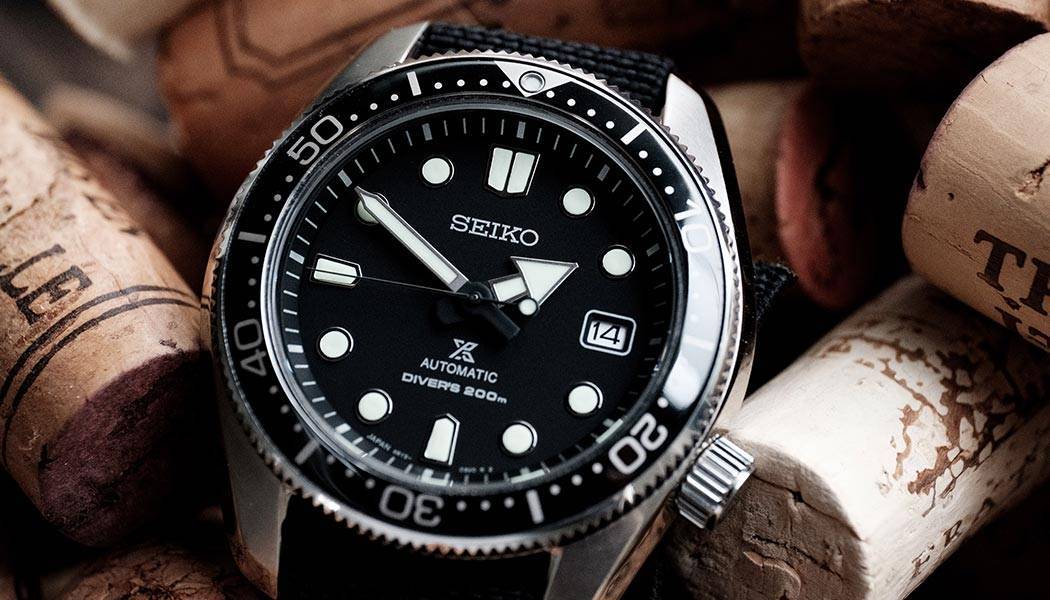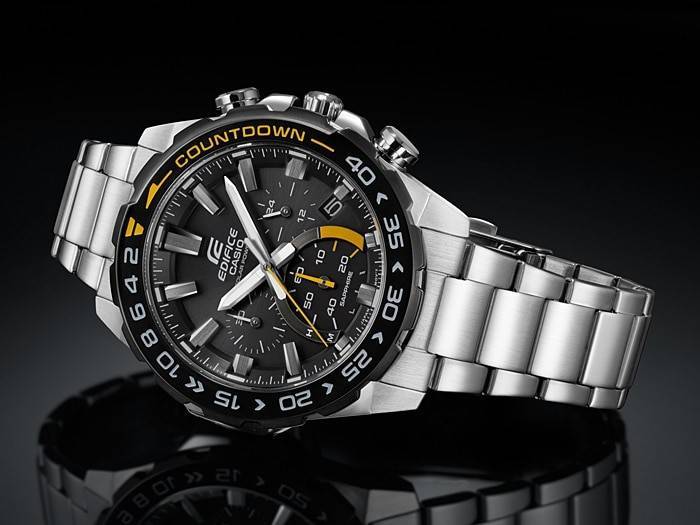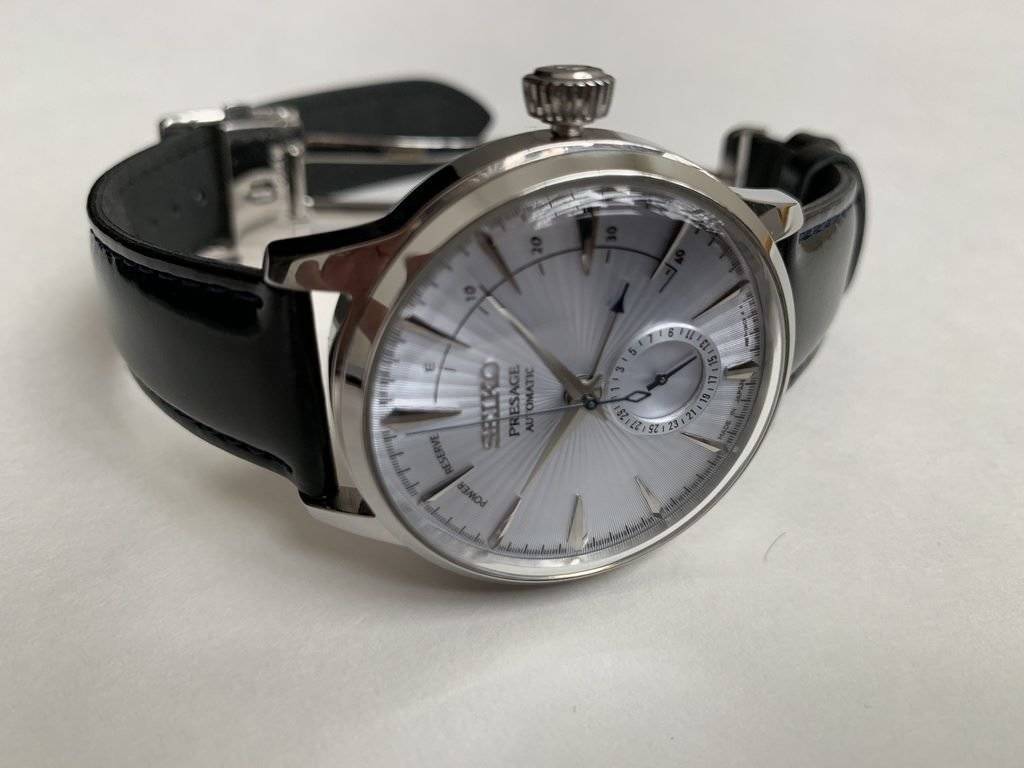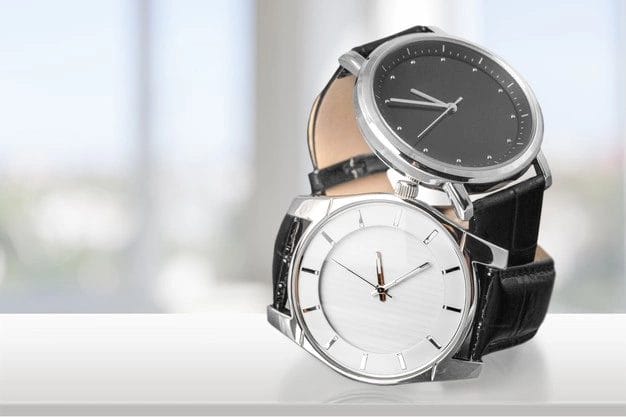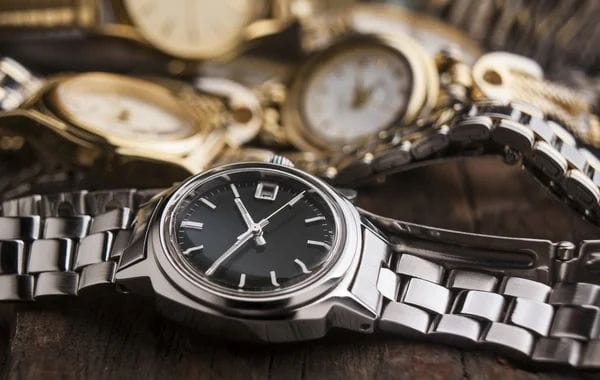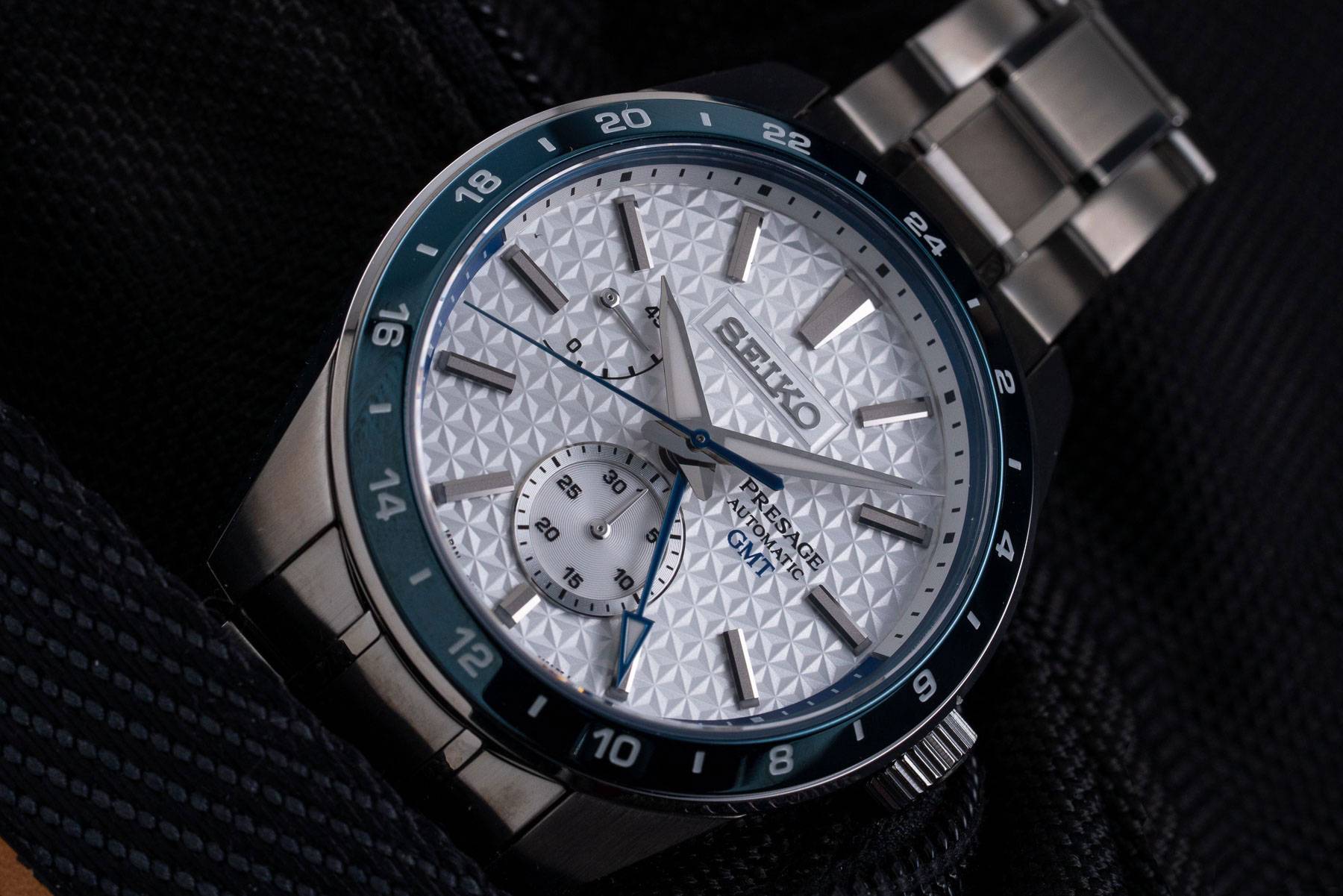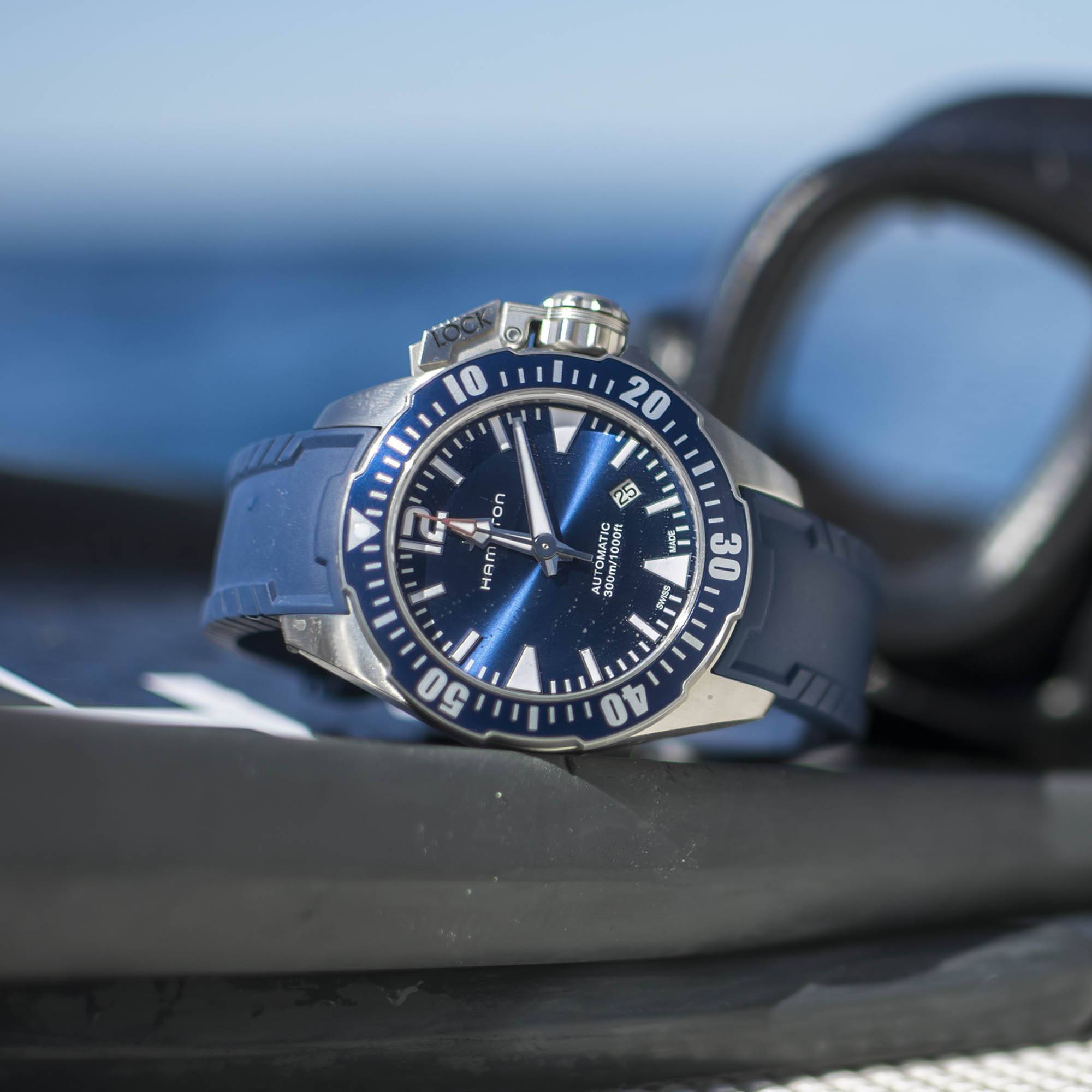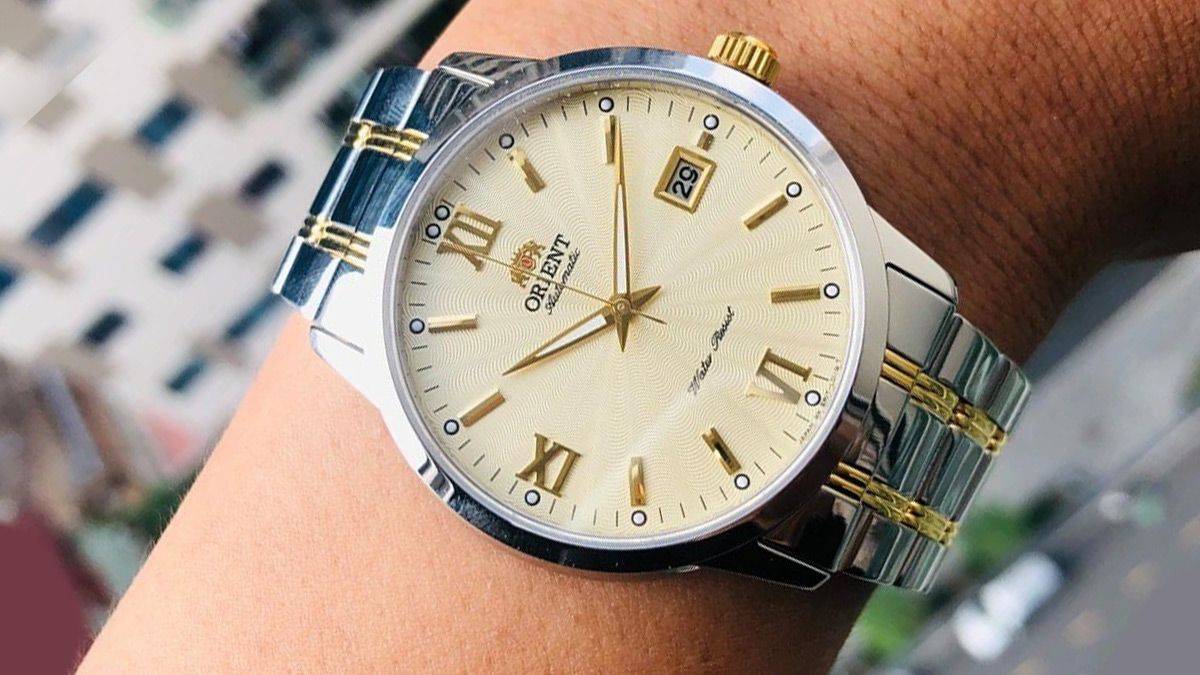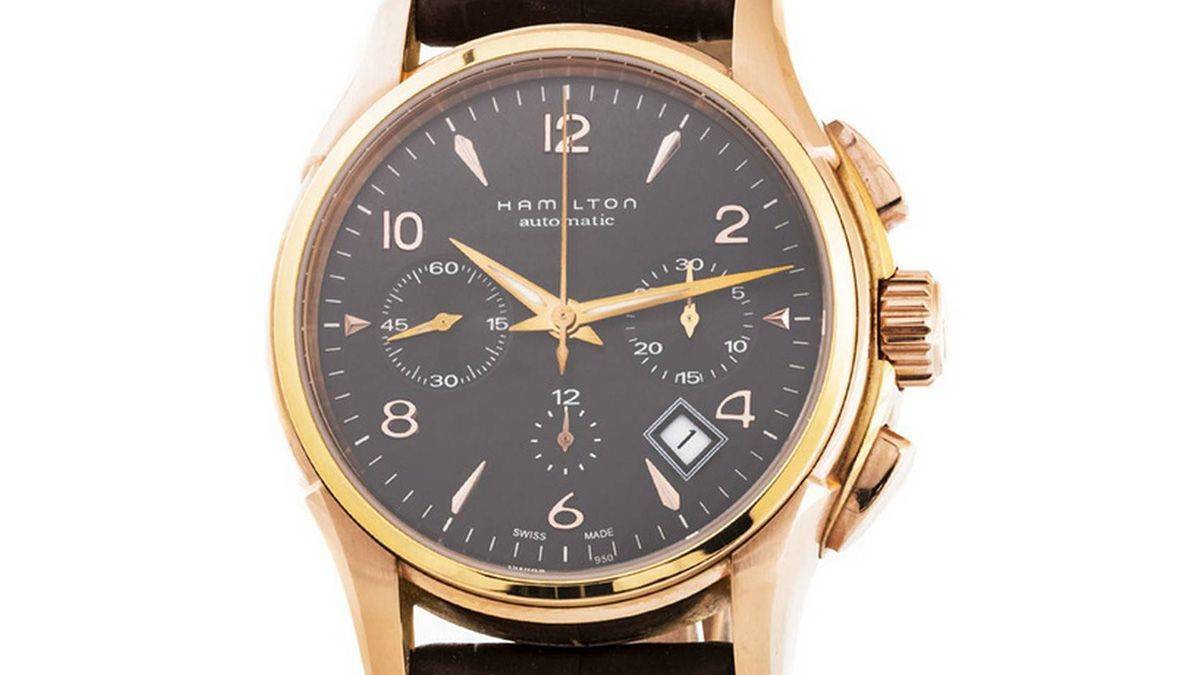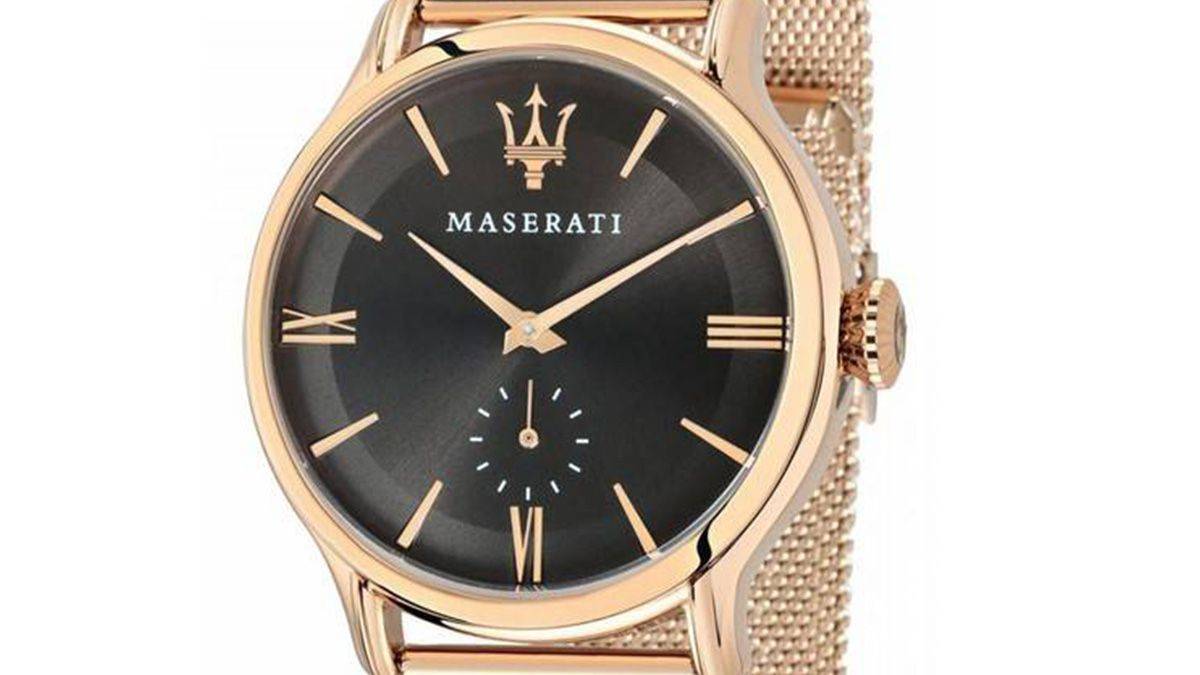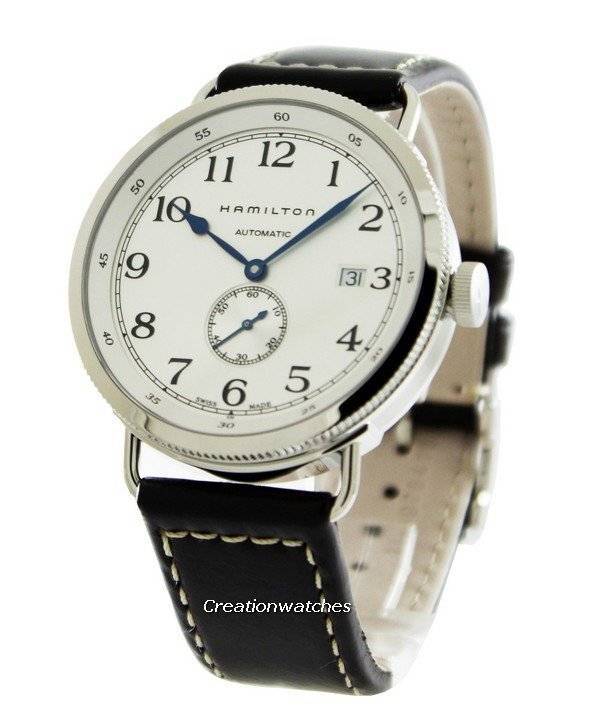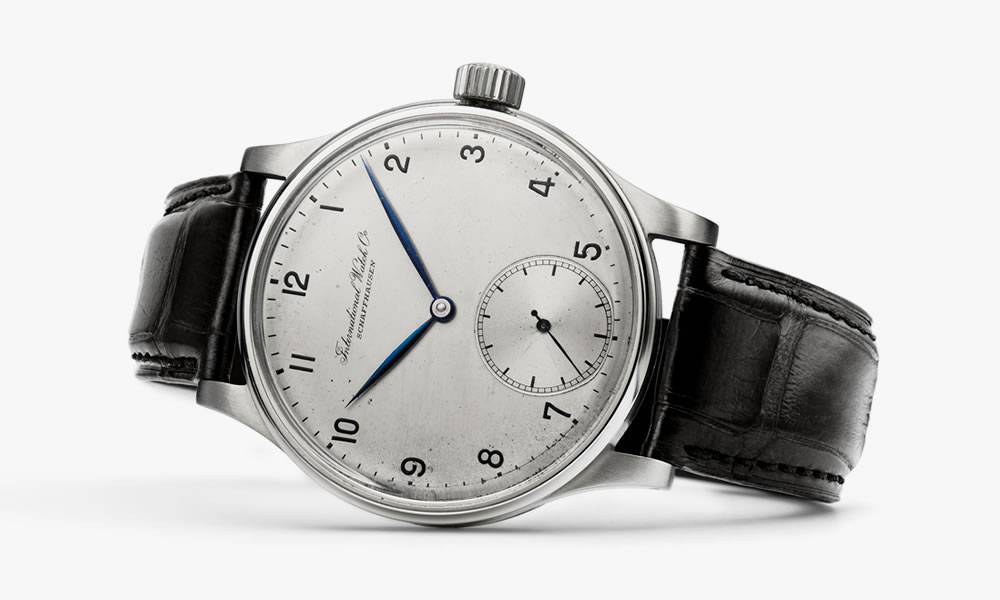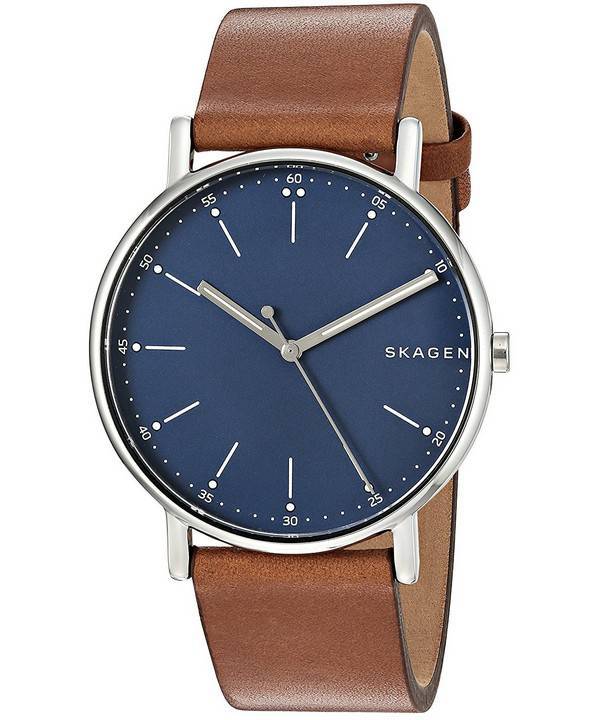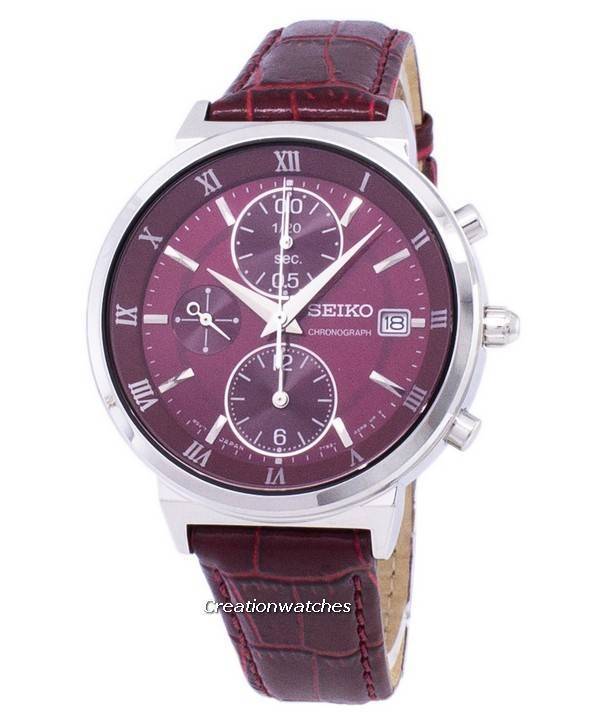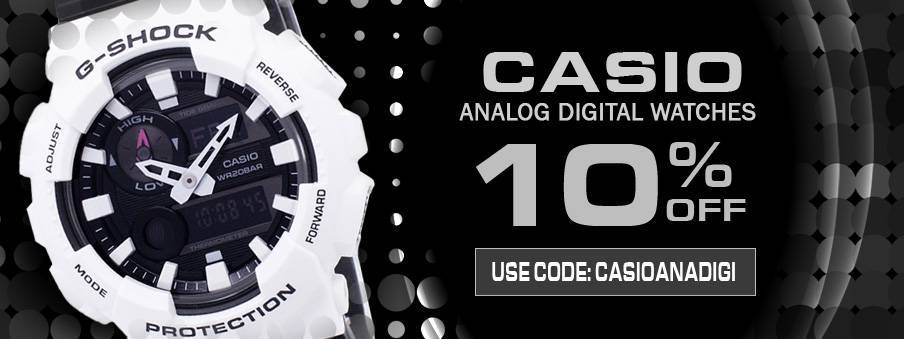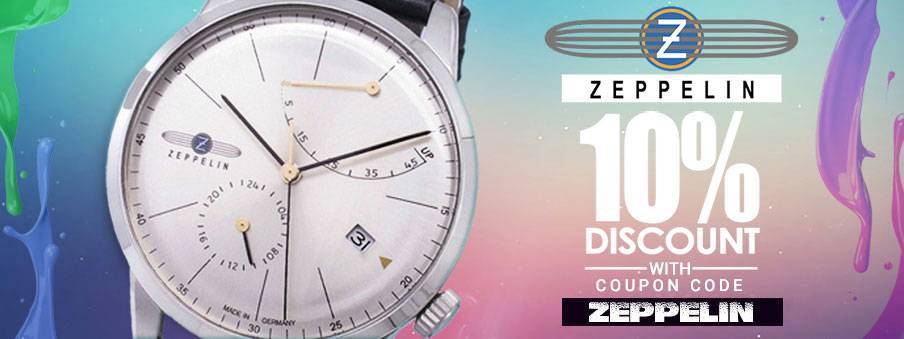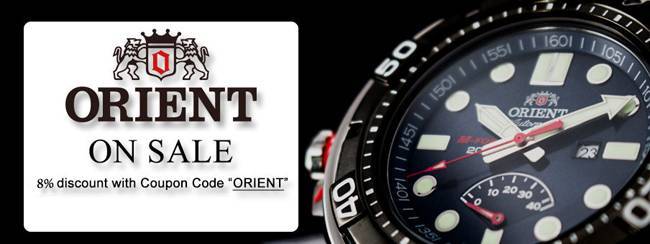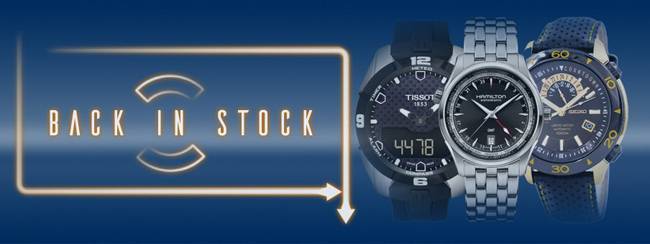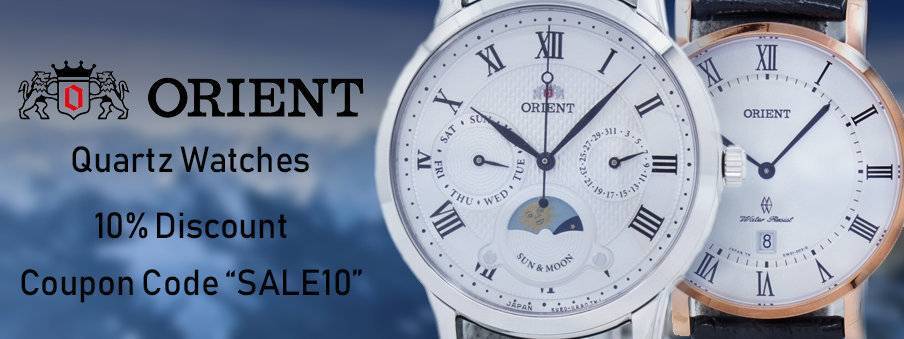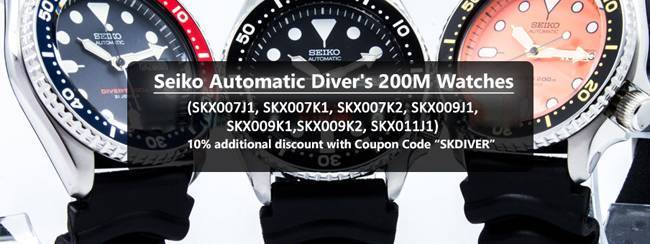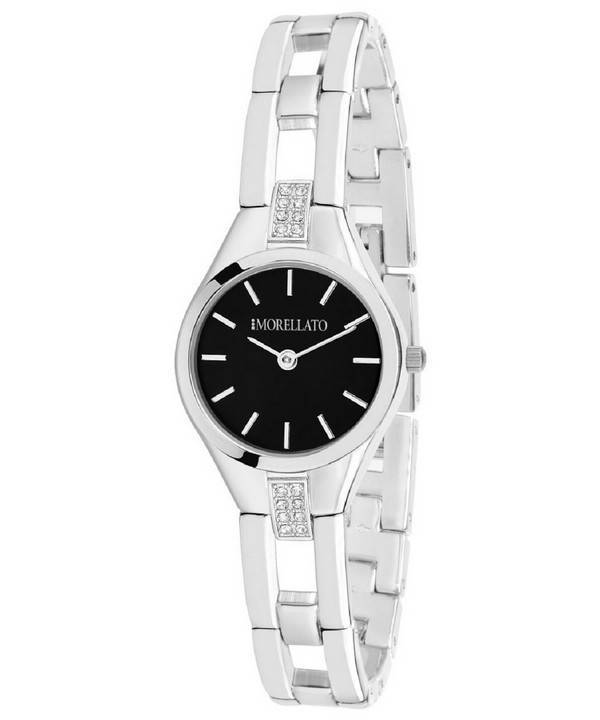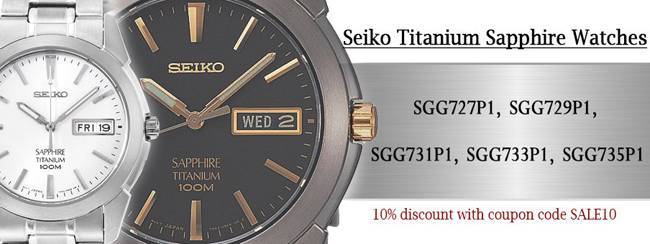
- February 9, 2022
- Watch Gonzo
- 0
To some, the Swatch Group’s movement manufacturer forms the cornerstone of the luxury watch industry while others call it an evil organisation under the Swatch-owned cartel. But you can’t deny the fact that even well-established brands depended on ETA for a steady supply of movements and again they are since 2020; as COMCO, the Swiss Competition Commission, announced that ETA shall resume delivering movements to third parties as they used to before. There are no obligations or restrictions that apply on the lifting of the ban.
Little is known to the masses about where all ETA left its trails. ETA movements have served as the basis for more customised movements than what we think (or don’t think) we know. Custom end-products like the Omega 1120 (retuned, redecorated ETA 2892) have for long, stood as absolutely critical factors to the overall health of the entire Swiss watch industry. Therefore, Swatch’s sudden attempt to cut-off distribution of these movements to brands not under the Swatch umbrella was bound to overthrow a stable balance. ETA, however; slowly reduced the supply over a long span, making other Swiss and some Chinese movement manufacturers fill the void it was leaving. These Swiss and Chinese manufacturers virtually cloned the ETA movements and made them more generic in their availability and usage.
This makes evident that calibre business is not just about complications but by itself a complicated entity; showcasing the select few that display excellence, while hiding away many that never saw the daylights.
What we primarily discuss today are two of these calibres – Calibre 2824 and Calibre 2892-A2. Both these movements – we can say – have earned their honour in the horological arena on their own merits.

- Introduction: Primarily for them reading about ETA for the first time
- Movement Information: Getting to know the calibres (w/comparison table)
- Where it all started: What drove the changes?
- A Conclusion to the competition: Who stands its ground?
- Recommendations: 10 watches to help you draw your own conclusion
- FAQ: Everything else you wanted to know about ETA 2824 and ETA 2892/A2

The calibre 2892 is beyond doubt one of the smoothest movements not only within the ETA repertoire but in the entire world of horology. The way it winds; the way it ticks; that apart, it’s also incredibly robust! It’s stable, it’s accurate; its slender build is also of an unmatched quality! In short, this ETA movement throws all your doubts out of the window.
 That is why top market leaders look up to ETA; still, questions keep popping up every now and then – why some brands (like Hamilton) keep adding further specs to these movements and others (like Victorinox) use them as they are; modestly clad but absolutely great in their performance and longevity.
That is why top market leaders look up to ETA; still, questions keep popping up every now and then – why some brands (like Hamilton) keep adding further specs to these movements and others (like Victorinox) use them as they are; modestly clad but absolutely great in their performance and longevity.
It’s an answer we’ll try seeking out in this discussion. However, we must first go through their similarities and differences and lastly, try to uncover the mystery that makes ETA the choice for many, including Omega, TAG and even for Rolex’s sister brand Tudor; who since 2009 has cleared out of the Rolex shadow.

The ETA calibre 2892 has a predecessor and two successors, whom we call calibre 2824 and calibres 2892-2 and 2892-A2 respectively. All these calibres share the same roots and provide the same features with very minor production differences – so much that between the 2892-2 and the 2892A2, almost every part is interchangeable. Had there been drastic changes made, the manufacturer would call it a completely new calibre.
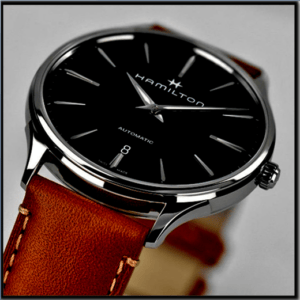 Let’s have a look at the ETA 2824 first. It is a part of the ETA 28XX family – the Mecaline series – and has its root in the Calibre 1247, which debuted in 1955 from the calibre 1541.
Let’s have a look at the ETA 2824 first. It is a part of the ETA 28XX family – the Mecaline series – and has its root in the Calibre 1247, which debuted in 1955 from the calibre 1541.
The ETA 2824 is a movement you’ll find powering watches that range from being very affordable to astronomically high. It is amazingly thin; measuring just 5mm in thickness and reputed as a workhorse (some say powerhouse) that stores 38 hours of power reserve (fully wound) and beats at 28,800 VPH i.e. 4 Hz/sec. It allows stopping the seconds-hand at any desired position for precision time-setting and houses 25 jewels.
The ETA 2892 came around in the 1970s and is a more expensive, evolved and accurate version of the 2824. It’s also 1.4mm slimmer than its predecessor but retains the ball-bearing mounted rotor for self-winding; the same beat-rate (28,800 vph) and the same in-house Etachron regulator (ETA’s proprietary regulation system). In expensive watches, the 2892 is found to be further regulated for better accuracy and oftentimes, altered and decorated within the facilities of the particular watch brands using the movement.
The Calibre 2892 is held to a higher standard due to its overall quality, with most claiming that better materials are used for its construction than its predecessor, bringing a lot more premium than the Calibre 2824; also in its finish to its assembly. It’s also better resistant to shock due to its rotor ball-racers, suiting watches made for professional purposes where the piece is always more prone to knock, drops and taking head-on hits.
The ETA 2892 improved as the years went by, making it further suitable for modern-day users. The upgrade on its rotor-winding efficiency we spoke about earlier; it helped to reach the full potential of the power reserve with greater ease and proficiency. But on the flip side, the 2892 doesn’t bear too many visible differences with its successors – the Calibre 2892-2 and the Calibre 2892-A2, the only significant difference being the A2 given a ribbed, rotor-bearing hub.
The chief differences are in their manufacturing processes and arrangements of components. The 2892 has a friction-mounted hairspring placed on the Greiner collet (metal cap) while in the 2892-A2, the hairspring is laser-welded to a Nivatronic collet in the similar way Rolex or Grand Seiko do. And certainly, it’s the weight-bearing oscillator. The rotor-winding efficiency improved significantly along the transition from 2892 to 2892-2 to 2892-A2, every time making attaining full power-reserve a whole lot easier than before. This improved winding efficiency of the 2892-A2; whether introduced at once or in phases isn’t very clear, though.
The 2824 is available in four executions/grades: Standard, Elaborated (improved version), Top and Chronometer. The Elaborated and Top versions differ in their shock protection systems (Elaborate uses Etachoc shock protection while the Top version uses Incabloc), in their balance wheels (Elaborate uses brass as the material while Top uses Glucydur) and in their hairsprings (for Elaborate, it is Nivarox 2 while Top uses Anachron). However, there are no difference in the regulator mechanism between the Standard and the Chronometer (both use Etachron).
 The Standard grade 2824 is adjusted in two positions with an average rate of ±12 seconds/day, with a maximum daily variation of ±30 seconds; whereas the Elaborated grade, adjusted in three positions, give an average rate of ±7 seconds/day, with a maximum daily variation of ±20 seconds.
The Standard grade 2824 is adjusted in two positions with an average rate of ±12 seconds/day, with a maximum daily variation of ±30 seconds; whereas the Elaborated grade, adjusted in three positions, give an average rate of ±7 seconds/day, with a maximum daily variation of ±20 seconds.
For the Top grade, adjustment in five positions brings an average accuracy rate of ±4 seconds/day, which can vary to ±15 seconds a day max while for the Chronometer grade (meeting much stricter standards) exhibit COSC standards. These differences aside, the degree of decoration increases with the grades.
The ETA 2892.A2 exhibits three grades: Elaborated, Top and Chronometer, with the balance wheel materials varying in the Elaborated and Top versions same as in the 2824. For the hairspring, it’s Nivarox 2 and Anachron respectively. The standard and the chronometer share the same Etachron regulator mechanism and the degree of decoration on the movement’s parts go up with the grades.
In terms of accuracy, the Elaborate grade (adjusted in four positions) gives an average rate of ±5 seconds/day. Maximum daily variation is ±20 seconds a day. For the Top grade, adjustments in five positions average at ±4 seconds/day, the max daily variation never exceeding ±15 seconds a day.The serial numbered Chronometer version sticks to −4/+6 seconds a day (maximum daily variation: ±5 seconds); this is as per the COSC standard..
Time to split things up a bit. The table below mentions the specs.
| ETA 2824 | ETA 2892-2 | ETA 2892-A2 |
|
|
|
ETA 2824
- Dimensions:6mm (d)/4.6mm (t)
- Power Reserve~38 hours
- Jewels: 25
- Vibrations: 28,800 bph/4Hz
- Shock Protection: Novodiac / Incabloc
- Regulator: Etachron
- Rotor Type: Ball bearing; Bi-directional
- Hand Winding Direction: Clockwise
- Hacking seconds
ETA 2892-2
- FAMILY: ETA Flatline 2890
- DIMENSIONS: 6 mm(d)/3.6 mm(h)
- JEWELS: 21
- RESERVE: 42 hours
- FREQUENCY: 28,800 A/h
WINDING: Automatic, Bi-Directional Automatic Winding, Central Rotor Automatic Winding.
ETA 2892-A2
- Base Calibre: ETA 2892
- Jewels: 21
- Dimensions: 6mm(d)/3.6mm(h)
- Power Reserve: 42 hours
- Beats: 28,800 vph (4 Hz/sec.)
- Shock System: Incabloc
- Regulator System: ETACHRON
- Rotor: Bi-directional, ball bearing system
- Hand Winding Direction: Clockwise
- Hacking seconds
Points to remember
- The ETA 2890 family comprises slim, robust, automatic watch movements. These are superior movements from ETA, above the ETA 2800 The Cal. 2890 and thereby, its successors are based on the Eterna 1466U. It has ball bearings on the rotor and a smaller balance wheel.
- The 2892A2 has slim dimensions, allowing other modules to be paired with it. World time, power reserve indicator and chronograph are the three most common ones you’ll find mounted upon it.

The ETA Calibre 2890 was an 18,000 (BPH) movement with quite a large-diameter balance wheel which, upon upgrading, increased to 28,800 BPH. So, a much stronger mainspring than the previous one was thrown into the mix, which again required an upgrade of the automatic-winding unit. It resulted in an improved winding efficiency, which dealt with the additional resistance of the new, stronger mainspring. ETA also reduced the diameter of the movement (from 28mm to 25.6mm), thus reducing both the diameter and mass of the oscillating weight. Now, it also fitted a wider range of cases. The 3.6mm height stays the same. The model number is now changed from 2890 to 2892.
This, still; had problems. Modifications resulting in the Cal. 2892/A2 finally, has put them to rest. The bevelled edge of the oscillating weight allows increased mass and the stud of the intermediate reduction wheel is replaced with a supporting jewel. This wheel drives the ratchet driving wheel, which now loses the jewel and gets the stud at the upper part of the automatic winding bridge. This lessens winding friction for this wheel’s greater stability now. The winding efficiency can be increased further by reducing the diameter of the ball-bearing support.
Among other differences, there are none on the dial/upper side of the movements. The rotor of the 2824 is an independent one, secured by a single central screw to the automatic bridge. It makes taking it off easier if need be. Whereas, the rotor of the 2892 is held by 3 screws from below. Requires the whole automatic bridge to be taken off the movement first. The 2892; however, enjoys a larger central pivot than 2824, which is known to be more durable and shock-resistant.
The automatic systems in both use ETA’s double-layered reverser disks. It lessens the visual pleasures a bit but are more durable than the traditional rocker system undergoing more number of events of coupling and uncoupling of wheels.
The 2824 has its crown and ratchet wheels above the automatic bridge. It also has a larger balance wheel and therefore, more inertia. This could be a reason why it holds less power than 2892 despite same-size mainspring barrels.
Directly-driven seconds and indirectly-driven minutes. The gear train for both the movements use the same layout. Both got a central fourth wheel to drive the seconds-hand. The third wheel pinion in both reaches through the base plate and drives the friction wheel attached to the cannon pinion. The difference here is: The 2892’s main wheel’s top jewel is part of Barrel Bridge; in the 2824, it’s on the Gear Train Bridge.
Both calibres house mainspring barrels and escape wheel of the same sizes. All other wheels of the 2824 are otherwise larger than those in the 2892

Both 2892-2 and 2892-A2 are similar in terms of diameter, frequency and functionalities and are also available as chronometer-grade movements. The 2892/A2 is a millimetre less thick than 2824 and stores 4 hours more in its power reserve than the 2824.
This brings us to the obvious question: Why should two different movements exist from the same manufacturer that do the same thing and has the same level of accuracy? Just one being thinner than the other or the other one with a slightly longer power-reserve couldn’t possibly be the sole reason behind their existence.
The point behind the 2824 is production cost. Calibre 2824 tends to go into comparatively cheaper watches whereas the 2892/A2 finds way into the higher-grade watches. Despite the 2892 (and its later versions) being newer, thinner and slightly finer as stock movements, the basic 2824 ebauche can be upgraded by adding components/modules to it; even its individual parts can be polished and decorated to make it appear as pretty and posh as the Calibre 2892. The 2824 is also believed to be more durable. But here come the catch!
The reason a standard 2892 is preferred over a standard 2824 is because of its overall quality but a 2824, when tweaked and toned in-house (as in Breitling) proves a better one – whether be in its appearance, accuracy or ruggedness.
On the flip side, the lowest grade of 2892 utilizes better shock protection, better finishing and better materials than the lowest grade of 2824. But at the top grades, the 2824 is far more robust. Most makers, therefore, use the calibre 2892/A2 cashing on the market impressions that the 2892 is superior to 2824 regardless of grade. Also, a large part of the consumers consider the 2892 and its derivatives to be significantly newer in design than the 2824 and this makes retailers push the 2892 more whereas, as mentioned at the very beginning – both trace their roots far back; to the ETERNA days of ETA.

| Watch model | Calibre | Remarks |
| ETA 2824-2 / SW 200 25 Jewels | A red rotor denotes SW200; else, it’s ETA. Both movements are identical. | |
| ETA 2824-2 / SW 200 25 Jewels | A red rotor denotes SW200; else, it’s ETA. Both movements are identical. | |
| Caliber: 2824-2 25 Jewels | ——– | |
| ETA 2892 21 Jewels | ——– | |
| Caliber: H-10 | Base: ETA caliber C07.611, which is an ETA 2824-2 derivative. | |
| ETA 2892-2 21 Jewels | ——– | |
| ETA 2892-A2 21 Jewels | ——– | |
| ETA C07.811 25 Jewels | Base: ETA 2824-2 | |
| ETA C01.211 15 Jewels | Base: Lemania 5100; simplified and re-worked to be more attractive, with plates and bridges finished in a more refined manner. | |
| Caliber: ETA C07.111 | Base: ETA 2824-2 |
There are good reasons behind ETA 2824 being considered a workhorse movement. One of that is its outstanding capability of taking abuses. True, the watch cases and crystals also remain responsible but with proper service every 3 or 4 years, an ETA 2824 will last a lifetime.
The ETA 2824-2 is the current version of the older ETA 2824, which is considered an epitome of outstanding reliability and durability, with an accuracy rating of +12 seconds per day (unregulated, it’s + 30 seconds per day) but can be fine tuned to within +5 seconds per day.
No reputed automatic watch movement can be winded beyond a certain point, which is the max the mainspring can coil to attain full power. This is because exceeding the pressure/tension threshold is going to break the spring. Whether it’s the rotor or you are winding manually, after a certain number of spins, the rotor/crown will simply stop charging the spring. They might keep spinning further but the mainspring won’t be wound anymore.
The calibre ETA 2892 is one of the finest among mechanical, automatic movements with a winding mechanism incredibly smooth and incredibly robust. It assures stable and accurate timekeeping and is unmatched in its thinness.
The 2824 (and 2824/2) if regulated correctly, will keep time just as good as the 2892. The 1mm extra thickness of the 2824 adds to its extra durability (according to some) and you can get it finished and decorated from an efficient, expert jeweller paying extra charges.
A complete overhaul will cost anything between $175.00 and $200.00 from an authorised service provider. Anything less than that will go below $175.00.
The Tissot Powermatic 80 is based on the calibre 2892-A2 and performs well within the COSC standards.
This one is the Hamilton version of ETA C07.611, which is itself an ETA 2824-2 derivative. This is a three-hand movement with/out a date function and capable of storing 80 hours of running power on a fully wound mainspring. The H-10 also appears in different finishes.
The accuracy of the calibre H10 movement has not been officially disclosed by Hamilton, but users claim anything between +15 seconds and +5 seconds.












